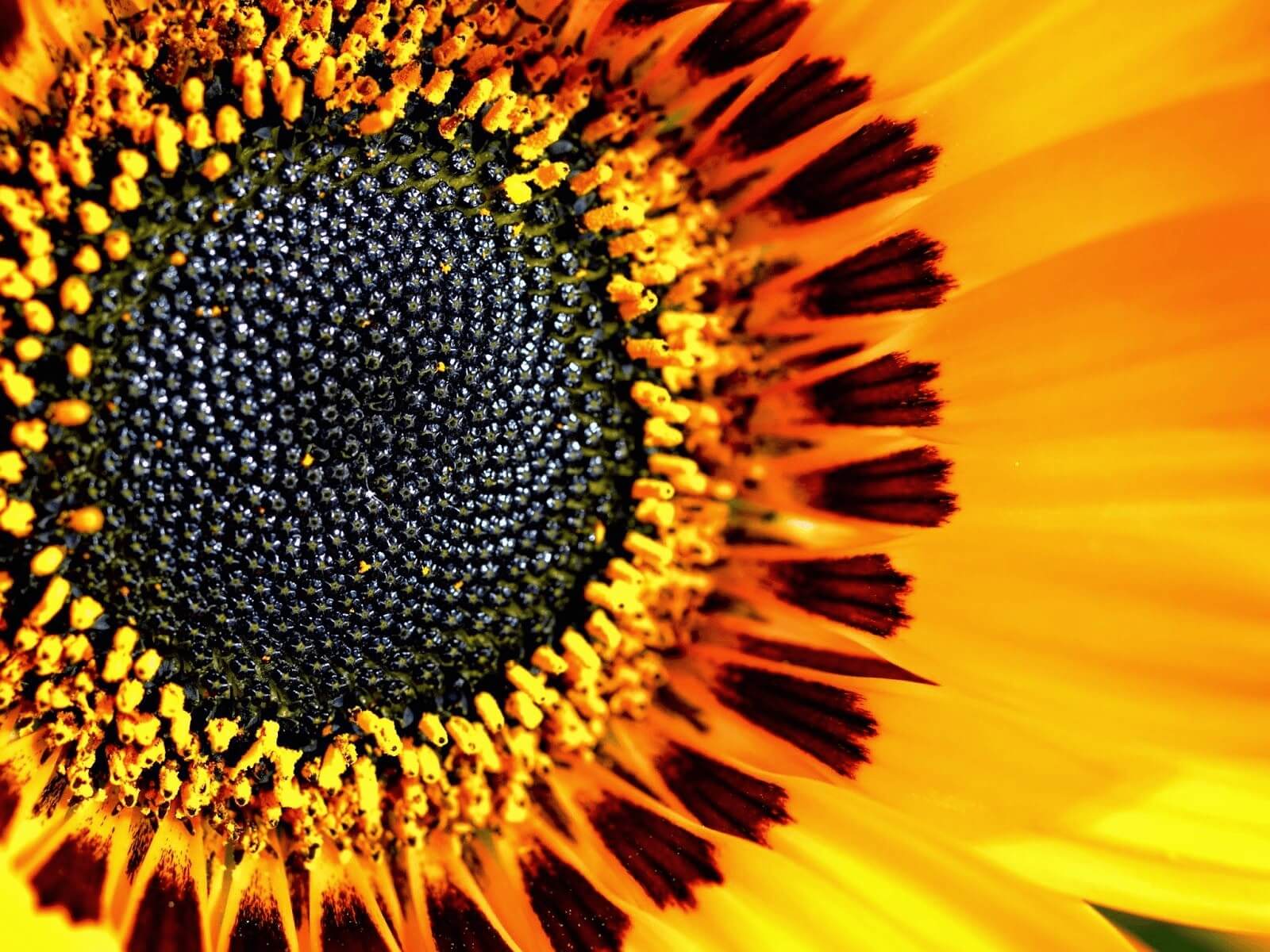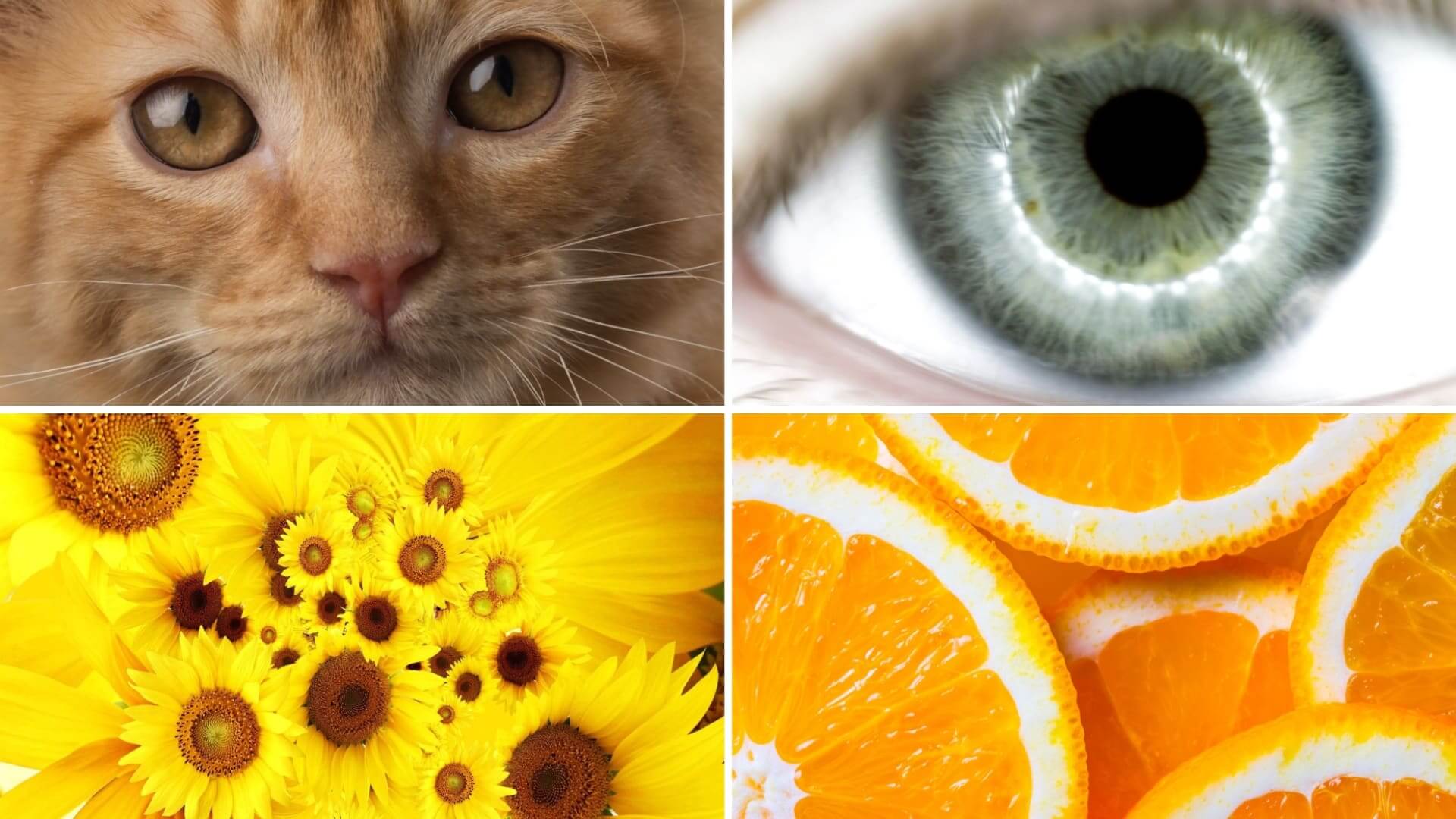How an image is composed is one of the most effective ways to visually communicate what is important to a viewer. Perhaps the most direct compositional technique at doing this is filling the frame. This simple technique can deeply change what an image means to a viewer when used with intention and creativity. In this article, we’ll take a look at the effects of filling the frame and how you can use the technique in your own work.
What Does Fill the Frame Mean in Photography
Filling the frame in photography
Filling the frame may sound self explanatory, but it can be achieved in a variety of ways for different effects. Let’s take a look at the term’s definition so that we understand what it technically means.
FILL THE FRAME PHOTOGRAPHY DEFINITION
What is filling the frame?
Filling the frame is the technique of composing an image so that positive space takes up most or all of the frame. Filling the frame is the opposite of using negative space in a composition. Positive space, commonly a single subject, is framed close up so that it literally fills the frame. Filling the frame can be accomplished by getting closer to a subject, using zoom lenses, macro lenses, or cropping an image during editing.
What is filling the frame used for?
- Direct the viewer’s focus
- Accentuating simplicity
- Emotional impact
For a deep dive into all the elements of composition, download our FREE Ebook: Elements of Composition in Art, Photography & Film.
Free downloadable bonus
FREE Download
The Complete Guide to Composition Elements
When you master composition, you master the ability to tell a story, create a mood or deliver a message in a single image. Download our FREE e-book that covers the various elements of composition and the relevant techniques you can use to arrange, and compose the perfect image.
Filling the Frame in Photography
Effects of this technique
Like most compositional techniques, filling the frame can be used for various effects. How you fill your composition will depend on what your subject is that you are shooting as well as what impact you are trying to make on a viewer.
Clearly direct viewer’s focus
When filling the frame, the positive space takes up most or all of the frame. This leaves no negative space for the viewer’s eyes to wander. This use of positive space will immediately demand the viewer’s focus. Because filling a frame often uses more of a singular subject to take up positive space, the viewer has less to be distracted by.

Fill the frame photography
As the viewer, filling a frame allows us to spend less time and energy analyzing an image for different points of interest. We immediately understand what the subject of an image is and why the photographer wants us to focus on.
Simplicity
Sometimes, photographers may utilize filling their composition not just to direct the viewer’s focus, but to reduce complexity in general. This is often the case when shooting more detailed or busy settings.
Filling a frame allows the photographer to capture what’s important and reduce redundancy. Because of this, filling a frame is a great technique for simplistic photos. For example, rather than shooting a wide shot of a field of flowers, a photographer might utilize filling their frame to simplify the image and frame a part of a single flower.

Fill the frame photography
Emotional impact
When it comes to portrait photography and even cinematography, filling the frame can have tremendous emotional impact. When a subject of an image is a person or character, filling a frame with their face can create a deeper emotional connection between audience and subject.
In cinematography, this is most often achieved through the close up shot. Take a look at this memorable opening shot from Spike Jonze’s film Her. Rather than shooting this opening monologue in a wide shot, Jonze fills the frame with the character. The result is a more moving and emotionally impactful shot.
Her
Whether you aim to fill the composition in your photography or film work, there is no doubt that it is an incredibly effective technique at directing a viewer’s focus and how they process an image. Let’s take a look at a few tips that will help you fill the frame in your own work.
Related Posts
Guideline of Filling the Frame
How to fill the frame
This technique comes down to making a subject larger within the frame of a shot. This can be achieved in a few different ways depending on what types of camera lenses you have or the context of your shoot.
Get closer to the subject
The most obvious way to fill your composition is to physically get close to your subject. This is especially important when working with a prime lens. Getting closer to your subject will help you find different areas of the subject that you can capture for interesting compositions.
Take a look at this video tutorial by Adorama on filling the frame. Note how close David Bergman gets to his subject to fill the frame and create the composition he desires.
Two Minute Tips with David Bergman
Of course, not all subjects or scenes that you will be shooting will have the luxury of getting as close as you want. That’s where lenses come into play.
Use a zoom lens
A prime lens has a fixed focal length and the only way to have a subject grow in the frame is by getting closer.
Zoom lenses, on the other hand, can change focal length and allow you to frame subjects closer without physically moving the camera. This will allow you to fill the frame with more positive space.
Use a macro lens
Another type of lens that is specifically designed for getting up close and personal is the macro lens. Macro lenses have the ability of focusing on a subject from close distances and also magnify a subject to make it look bigger in the frame.
Using macro lenses when filling a frame with visual details and extreme close up shots of smaller subjects is a component of David Fincher’s directing style. Fincher uses macro lenses for filling a frame with details that are important to a film’s narrative.
In our complete video breakdown of different types of camera lenses, we take a look at macro lenses and how Fincher uses them to fill the frame.
Ultimate Guide to Camera Lenses • Subscribe on YouTube
Not all of us have a zoom or macro lens in our camera gear repertoire. This is where post-production editing can come into play.
Crop your image
When editing your photo or video footage, you might find that you captured a shot a bit too wide and would like to fill the frame with more positive space. Cropping an image allows you to adjust the borders of your frame so that you can fill the frame.

Fill the frame photography
It is worth noting that over cropping can reduce the image quality of a shot, so use this technique sparingly. It’s important to try and implement in-camera techniques like this so that you can retain as much image quality as possible.
Filling a composition is one of the most direct techniques to directing a viewer’s focus. Obviously not every photography or shot will benefit from filling the frame. But there is a time and place to do so.
A great way to look at filling the frame is by understanding it as a punctuation. Not every sentence will warrant an exclamation point, but some need one.
Related Posts
Up Next
How to Use Positive Space
Filling the frame is a compositional technique that uses more positive space than negative space in an image. It is only one of various ways you can proportion positive and negative space to create impactful compositions. To learn about the ways you can use positive space, check out our next article.
Up Next: Positive Space →
Showcase your vision with elegant shot lists and storyboards.
Create robust and customizable shot lists. Upload images to make storyboards and slideshows.


It's an extremely great work you do guys, thank you so much.